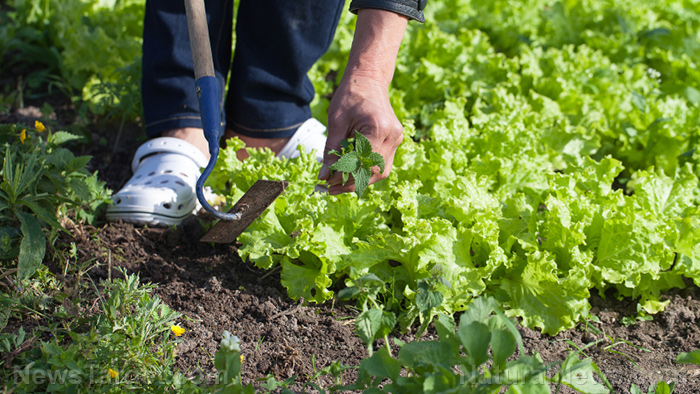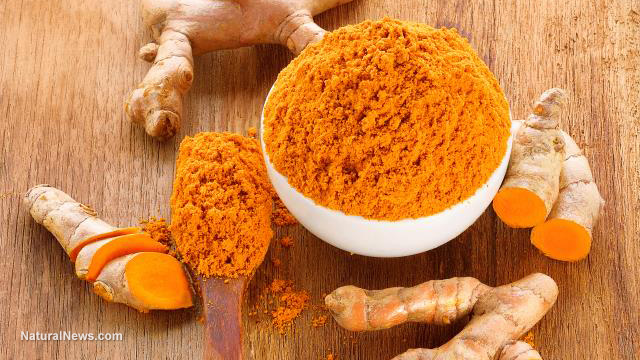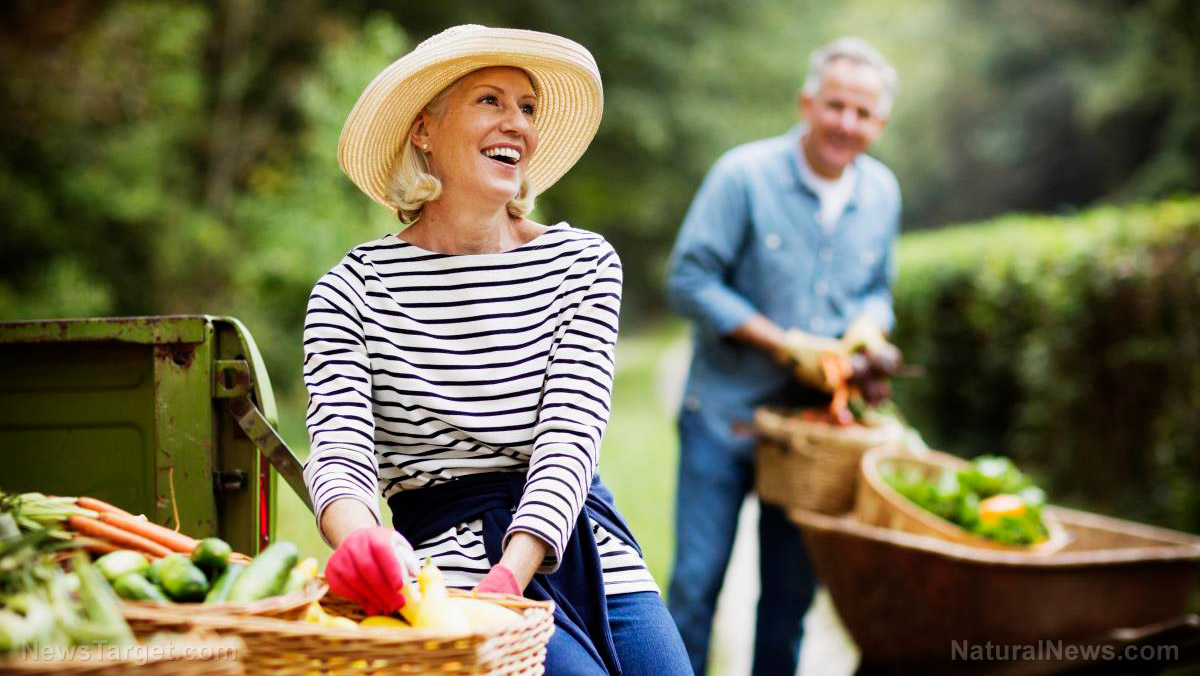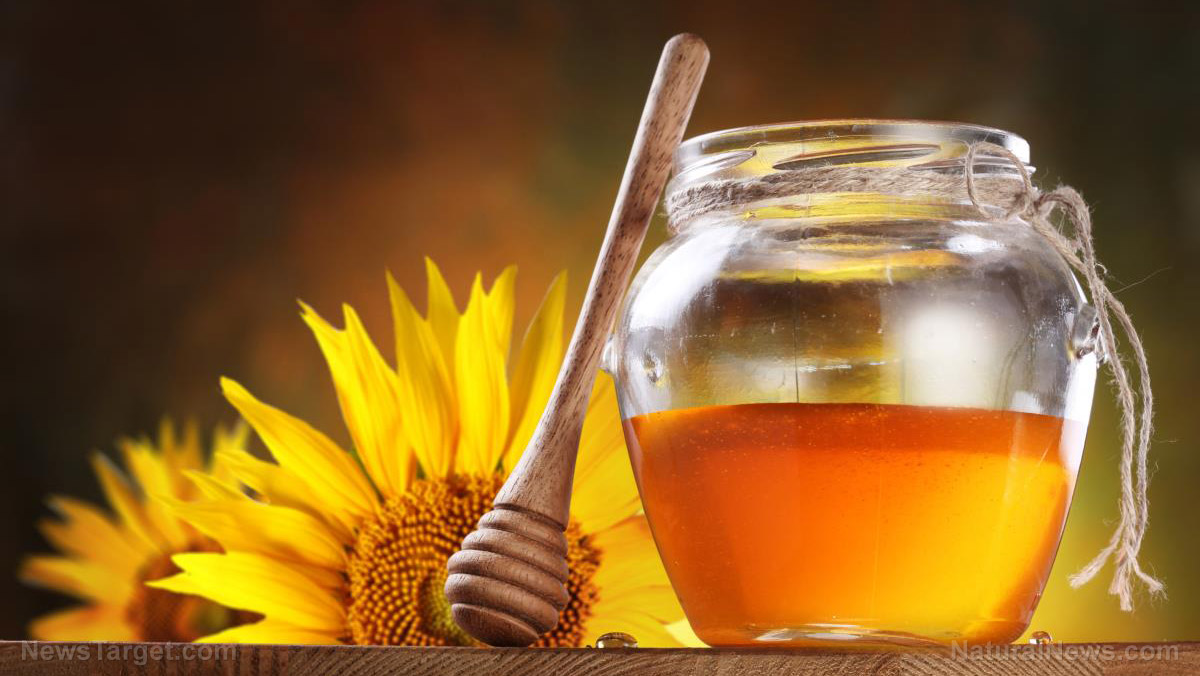
Advertisement
As many homeowners in America are starting to realize, now is a good time to start a home garden since the coronavirus (COVID-19) pandemic is starting to disrupt food supply chains throughout the world. To make the most of your home garden, follow the tips below and plant fast-growing vegetables to ensure that you have access to fresh produce even during this worrying pandemic.
Don’t just rely on the food in your pantry or the supplies in your survival stockpile. As preppers already know, being self-sufficient allows you to be prepared before SHTF.
Even if the coronavirus pandemic doesn’t cause food shortages, there are many benefits to starting a home garden.
Basic gardening tips
Adding more fast-growing vegetables to their backyard should be a piece of cake for experienced gardeners. But if you’re fairly new to gardening, or if you want to make sure your home garden does well, the tips below should help.
Seeds vs. seedlings
Purchase seedlings or bedding plants from small local gardening stores if you want to harvest your crops immediately. For pepper and tomato, it’s better to start these as seedlings in your garden since these vegetables should be started indoors for about six to eight weeks before the last frost date.
The crops suggested below can be direct-sown in your garden, and you don’t need to start them indoors or transplant later. (Related: Start square foot gardening and remain self-sufficient even during the coronavirus pandemic.)
Plant the right vegetable varieties
If you’re buying from local garden stores, you may only see the most popular varieties of vegetable seeds. These seeds won’t always be the ones that work with your climate, or they may not be fast-growing ones.
If you want fast-growing veggies in your garden, you need to prioritize variety. When buying seeds online, check seed packets and descriptions to find out how long it takes for each type to reach maturity.
Pick certain vegetables early
A garden with fast-growing crops is ideal since you can start harvesting them even earlier than the “maturity” date indicated on the back of the seed packet.
If you have kale, lettuce and other greens in your garden, you can pick them earlier than their actual harvest dates. Note that greens and some root veggies are more tender and taste sweeter when picked young.
Grow sprouts or microgreens
Sprouts and microgreens are great alternatives if you don’t have enough space for a full-sized garden. Sprouts grow easily, and you only have to wait for a couple of days before they’re ready.
Add the following sprouts to salads and sandwiches for a quick and easy nutrient boost:
- Adzuki bean sprouts
- Chickpea sprouts
- Kidney bean sprouts
- Lentil sprouts
- Mung bean sprouts
- Pea sprouts
Use quality garden soil
Vegetables must be planted in high-quality garden soil so they can grow healthy and strong. Plant fast-growing vegetables in raised garden beds or traditional plots.
Alternatively, you can grow smaller plants in container gardens. Improve soil quality organically by adding aged manure or compost.
Be sure to water your plants regularly and expose them to direct sunlight.
Fast-growing vegetables for your home garden
Once you’ve set up raised garden beds or selected a good spot in your backyard, it’s time to start planting fast-growing vegetables such as those listed below.
Arugula (Ready to harvest within 25 days)
Arugula gives salads a peppery flavor. You can also use it to make a pesto sauce for noodles.
Direct sow the seeds and start harvesting the leaves after 25 to 35 days.
Arugula doesn’t do well in hot temperatures, so it needs to be planted in a shady spot in your garden during summer. Sprinkle some more seeds in the arugula garden bed every couple of weeks for a constant harvest of arugula greens.
Beets (Ready to harvest within 30 days for leaves or 55 days for beetroots)
Roast beets to make a tasty side dish or pickle them. Young or small beets often taste better than mature ones.
Beet greens are great additions to salads. When you harvest them, make sure not to take all the leaves in one go, or the root won’t develop. Check the labels of beet seeds to figure out which varieties of beets mature earlier than others.
Carrots (Ready to harvest within 55 days)
Carrots take a while to mature, but some varieties can be harvested while they’re still small. Baby carrots are often sweeter than mature ones.
Carrot tops are also edible. Use young carrot tops to make pesto sauce or as a substitute for parsley.
Cress (Ready to harvest within 15 days)
Cress is another peppery-tasting green. Start harvesting cress leaves when the plant is at least two inches tall. You can also grow cress as a microgreen or as sprouts.
Take note that cress doesn’t like heat, and it needs to be grown in early spring and then again in the fall.
Green onions (Ready to harvest within 60 days)
Green onions are a quick-growing onion. They look like chives, but with thicker stems.
You can harvest one plant several times.
Lettuce (Ready to harvest within 30 days)
Lettuce greens are to easy to grow. Depending on the variety you choose, you can start harvesting after only 30 days.
Make lettuce plants last a long time into the gardening season by harvesting only a few exterior leaves from each plant. Choose a variety that will grow best in your gardening climate. Some types of lettuce bolt in heat quicker, while others are hardy in cold climates.
Radishes (Ready to harvest within 25 days)
Homegrown radishes that are picked early are crunchy and flavorful. There are many radish varieties — some are white, others are similar to carrots, and some are sweet instead of spicy.
Spinach (Ready to harvest within 30 days)
Spinach can grow in part shade, which is ideal since this vegetable bolts easily in hot weather. Add spinach to salads, sautee it as a side dish or put it in green smoothies.
If you make mistakes while gardening, don’t feel disappointed, remember what you did wrong the first time, and take notes so you can improve your gardening skills.
Starting a vegetable garden is the first step to self-sufficiency and food freedom during this coronavirus pandemic. Plant fast-growing veggies in your garden, and, in time, you’ll soon be able to harvest fresh and nutritious veggies for your whole family.
Sources include:
Advertisement
Advertisements
















